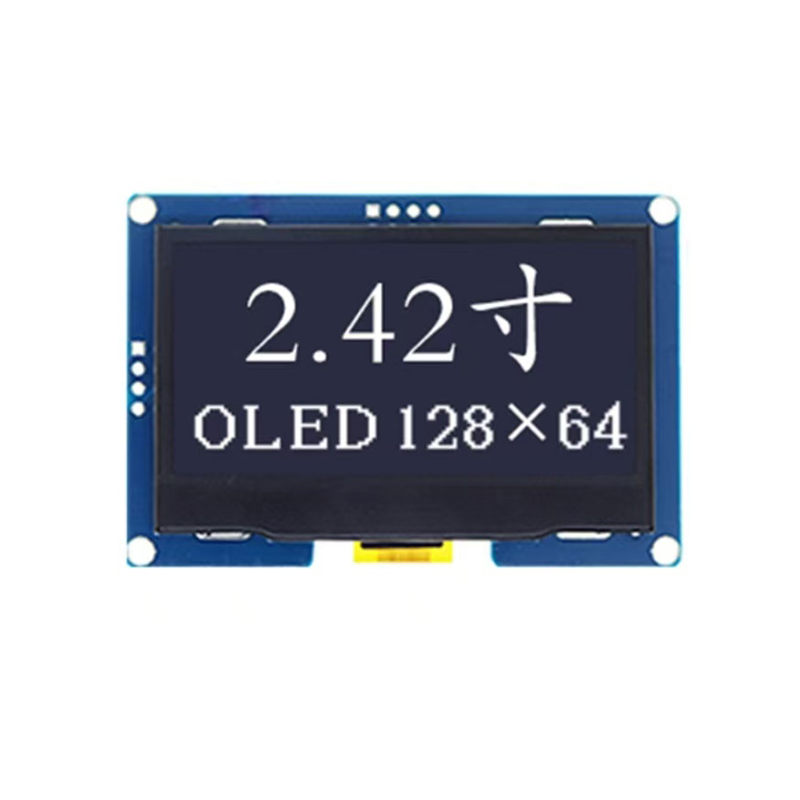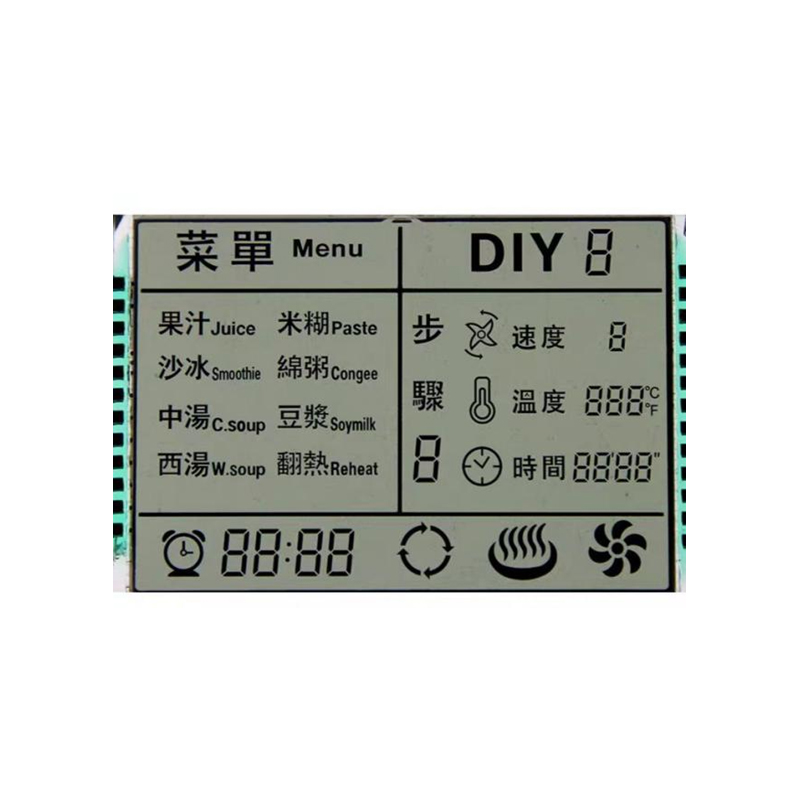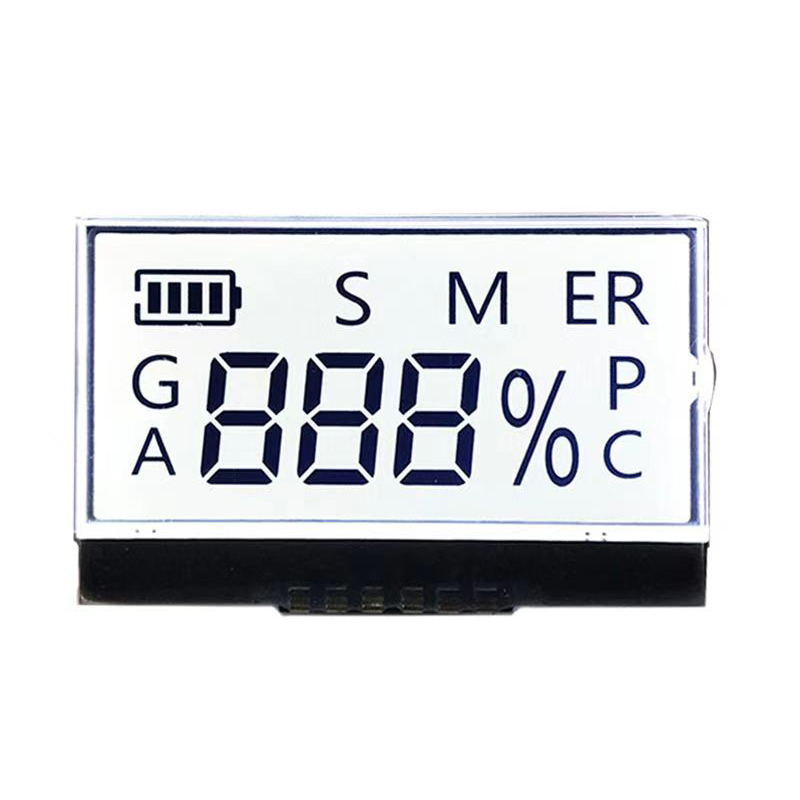
This guide provides a thorough explanation of the QSPI interface, covering its fundamentals, applications, and practical considerations. We'll delve into its architecture, advantages over other interfaces, and explore real-world examples to help you understand how to effectively utilize this versatile technology. Learn about its key features, common uses, and troubleshooting techniques to seamlessly integrate QSPI into your projects. This detailed resource caters to engineers and developers working with embedded systems and memory management.
Quad Serial Peripheral Interface (QSPI) is a high-speed serial communication interface primarily used for accessing external memory devices, such as flash memory. Unlike its predecessor, SPI, QSPI utilizes four data lines for both input and output, significantly increasing the data transfer rate. This makes it ideal for applications requiring fast data access, like boot loading, data logging, and code storage in embedded systems.
While both QSPI and SPI are serial interfaces, QSPI offers substantial performance improvements. The table below highlights the key differences:
| Feature | SPI | QSPI |
|---|---|---|
| Data Lines | 1 (MOSI) + 1 (MISO) | 4 (data lines) |
| Data Transfer Rate | Lower | Significantly higher |
| Complexity | Simpler | More complex |
The higher data transfer rate of QSPI is its primary advantage, making it superior for applications with demanding memory access requirements. However, its increased complexity might require more sophisticated hardware and software configurations.
QSPI finds extensive use in various applications, including:
QSPI is commonly used to interface with high-density flash memory, providing faster boot times and improved performance in embedded systems. This is especially critical in applications where quick access to large amounts of data is essential.
Many embedded systems store their firmware or operating system code in QSPI flash memory, enabling fast and efficient code execution. This improves responsiveness and overall system performance.
Applications involving data logging or acquisition often benefit from QSPI's high data transfer capabilities, enabling efficient storage and retrieval of large datasets.
Successfully implementing a QSPI interface involves careful consideration of several factors:
Correctly configuring the microcontroller's QSPI pins and clock settings is crucial. Consult your microcontroller's datasheet for specific details and pin assignments.
Most microcontroller manufacturers provide software drivers and libraries for QSPI communication. These simplify the process of reading and writing data to the external memory.
Understanding how the external memory is mapped into the system's address space is necessary for efficient data access. Proper addressing schemes prevent data corruption and ensure reliable operation.
Problems with QSPI interfaces can arise from various sources, including incorrect hardware configuration, software bugs, or faulty memory devices. Systematic troubleshooting, involving careful examination of hardware connections, software code, and device specifications, is essential for resolving these issues.
For more information on high-quality LCD displays, visit Dalian Eastern Display Co., Ltd. They offer a wide range of solutions for various applications.
1 Microcontroller Datasheets (Specific Datasheets should be cited here depending on the microcontrollers discussed in the article)












